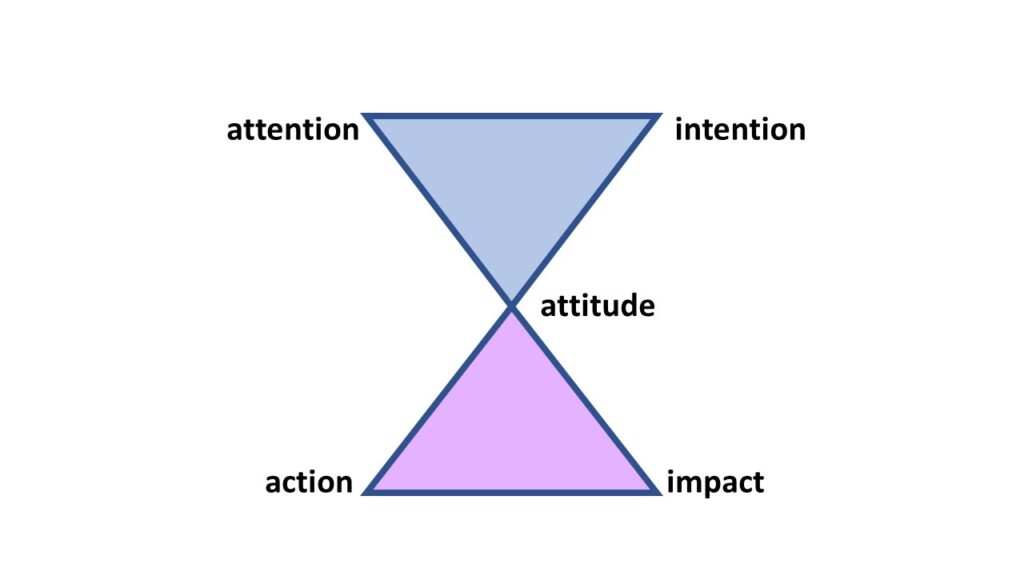A complete mindfulness practice includes extending the “training” to complementary activities such as eating or walking. “The training of what?” you may be wondering. The “training” of the three characteristics we do train with mindfulness practice and meditation: attention, intention, and attitude. Perhaps it will help you to refresh and read about these three elements before continuing since this article completes and extends what we introduced in that other previous article on “Training in attention, intention and attitude“.
In the English-speaking world, we speak of “mindful eating” or “mindful walking” to refer to these complementary practices. Other times, however, we name them with the adjective “conscious” and identify them as “conscious eating” or “conscious walking”.
An example may help to deep understanding, so let’s deep into the practice of “mindful eating “or “conscious eating“, a practice that we offer in some workshops. The proposal is presented in two parts as described below. If by chance you have a nut close enough, I invite you to take it now and follow the practice as you read. Any case, just reading will be ok to understand the process.
The first part invites you to take that nut with delicacy and visualize all those people who have contributed so that you have the nut in your hands. While you proceed, allow for a sense of appreciation for their effort.
- the farmers who plowed the fields, planted the seeds, took care of the growth, and collected the fruit;
- the transporters who took the fruit in boxes from the field to the distribution warehouses;
- the merchants who received the fruits and exposed them for sale;
- the person who bought them and prepared them so that they reach your hand.
The second part of the practice invites to eat the nut, as slowly as you can, while putting all your attention in the process. While you proceed, allow for a sense of gratitude for each of the senses that you keep active.
- pay attention to the color, shape, and small details that you observe with your eyes such as spots, cracks or shadow areas;
- pay attention to size, weight and small details that manifest themselves to the touch such as smooth surfaces, roughness, or small lumps;
- pay attention to the smell they give off;
- pay attention to breaking the nut with the teeth and the small pieces that are formed; in taste, with its subtleties and changes; in moving the small pieces with the tongue and palate.
- pay attention to the small noises that eating causes.
- pay attention to salivating, swallowing, and descending nuts on their way to the stomach.
We can easily notice that this practice trains, by doing differently, the three key elements to which we referred: attention, intention, and attitude.
- the focus attention on the nut; the open awareness on the supply chain and the senses;
- the intention offered as gratitude and appreciation;
- the attitude of curiosity and care.
Additionally, this proposal helps us to identify the two other additional elements that complement and complete the previous three: action and impact.
The “action” is “eating”. The proposal invites us to make different and expand the “action” of eating, so that we stop eating on “autopilot” mode and we eat “noticing” everything that surrounds the action of eating.
The “impact” is present on two of the three possible levels and lead us to notice the effects of our actions: first, on ourselves by the feeding itself; then, on others, that small “other” of those who have been affected by our “eating of a nut” without them being here.
The following drawing illustrates how these five elements relate: attention, intention, attitude, action, and impact.

In a second part of this post, we go deeper into these five elements and how they relate to each other.

